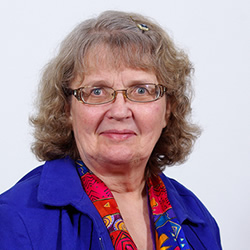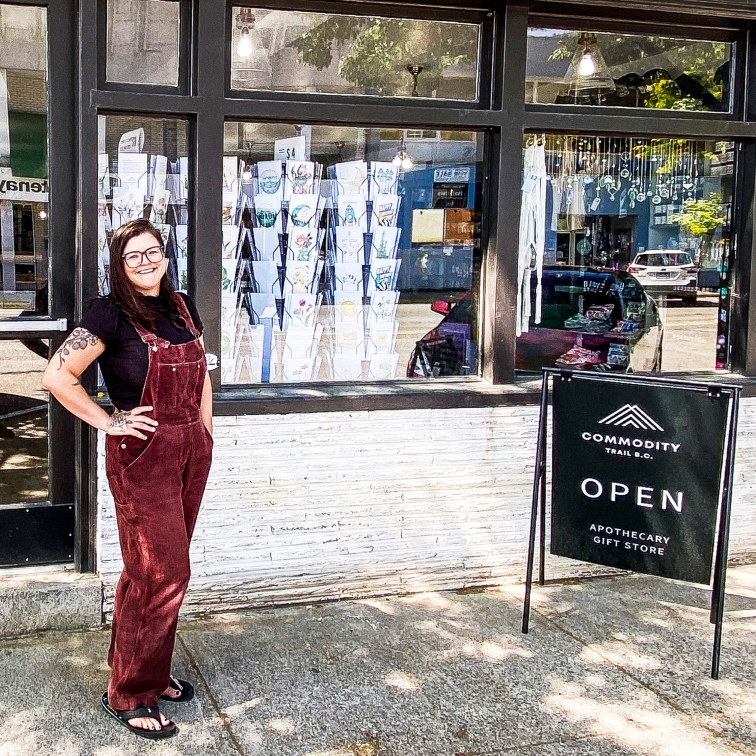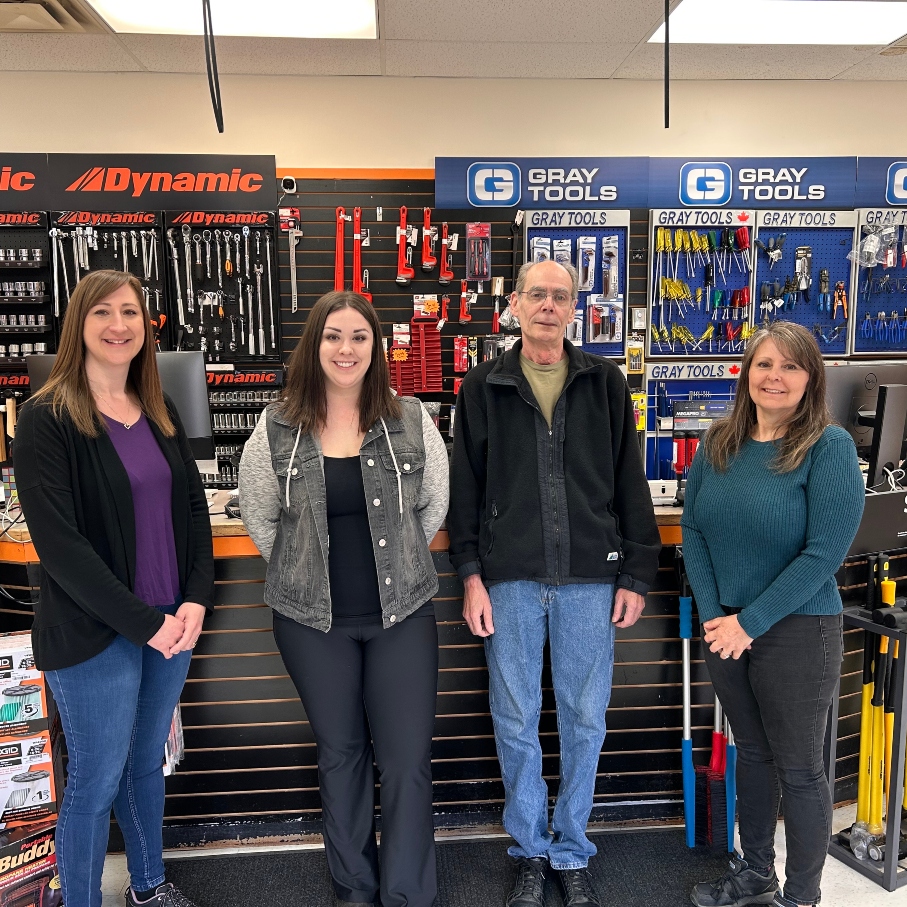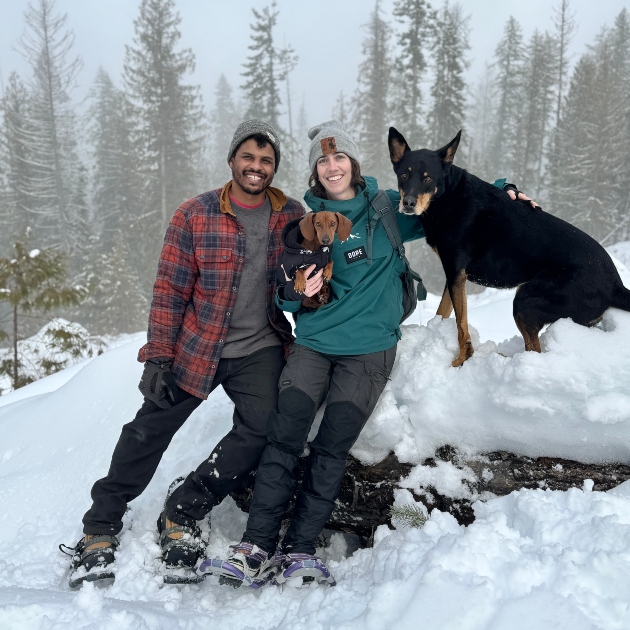Living and working in paradise
Economic development is a sometimes slow but always gratifying process for the Lower Columbia Initiatives Corporation

Terry Van Horn takes great satisfaction in her job as economic development officer for the Lower Columbia Initiatives Corporation. — Photo courtesy Lower Columbia Initiatives Corporation
It’s not just our imagination. The Lower Columbia Initiatives Corporation (LCIC) is helping to create a thriving economic area in southeastern B.C., one that includes Trail, Rossland, Fruitvale, Montrose and Warfield. LCIC’s economic development officer, Terry Van Horn, kindly answered some questions about LCIC’s latest projects.
Imagine Kootenay is one of LCIC's recent initiatives. How do you imagine the future of Trail, Rossland and surrounding area?
The Imagine Kootenay website is an incredible resource that showcases the vast career spectrum, the diverse businesses opportunities and the amazing lifestyle the entire Kootenay region offers.
The future in my eyes is always bright—I wear my husband’s rose-coloured glasses! I picture a vibrant, economically stable community with proud residents who are always appreciative they live in paradise, have a rewarding career and can afford all the amenities our region offers.
Could you tell us a bit about LCIC's Thriving Communities metrics project?
The Thriving Communities metrics initiative was about educating our residents regarding the positive economic impacts occurring in our region and encouraging them to celebrate and share with their friends, neighbours, co-workers and visitors some good-news stories of our thriving economy.
The LCIC won the 2015 BC Economic Development Marketing Award for this initiative.
One of the most positive indicators we noticed was the yearly increase of number of business licences, which means entrepreneurs continue to see value in investing in our area. One of the most surprising metrics was the amount of inquiries the LCIC office manages in a year. Over 270 people contacted our office in the past year to discuss business opportunities—from business retention issues such as workforce training, to business expansion issues such as site location, to business attraction issues such as transportation infrastructure. The LCIC continues to provide resources, recommendations and referrals to people interested in doing business in our region. Without tracking this metric we would have never known how far our reach extends.
What role has LCIC played in the area’s health-care programs (such as UBC’s rural residency program, Kootenay Boundary Regional Hospital’s clerkship program and Selkirk College’s rural pre-medicine program)?
LCIC, as well as our Lower Columbia Community Development Team Society partners, have been instrumental in supporting all the health-care initiatives that are happening in our region. We have created a welcoming package that ensures each student is felt welcomed and part of the community, enhancing their entire experience in our region. By integrating these programs into our education system and the efforts of the regional hospital, the students receive first-hand experience of rural medicine as they hone their skills, providing a positive, fuller experience throughout their training. As a result of these initiatives, the goal is for these students to return to our region and practise medicine here when their education and training are complete.
What else does LCIC have on the go for 2016/2017?
Some of the key initiatives LCIC is concentrating on in 2016 and 2017 will be investment attraction for our industrial lands and our commercial lands, supporting the new Metallurgical Industrial Development Accelerator and Studies (MIDAS) centre, and skilled workforce attraction for our local businesses. We are always looking at funding leveraging opportunities and partnering on all our initiatives.
What do you find most satisfying about your role with LCIC?
I am most proud of the trusted, mutually respected partnerships that I have worked hard to foster and how with these partnerships we have created some incredible resources for our region, like the Imagine Kootenay website.
Economic development is a slow process, and in an instant-gratification world sometimes it is difficult to see the difference you are making in the community. But to be part of a new resident coming to the region who used our resources to make informed business decisions and watch their dreams come to fruition is the most satisfying part of the job. Every day I get to work with incredible people who only want to see our region grow and prosper and most of them are volunteers—sometimes it takes my breath away!
I am the region’s biggest fan. I love it here—it is so easy to champion all the region’s assets. From affordability, beauty and recreation to work opportunities, we are a small town with a big city’s amenities.






Comments